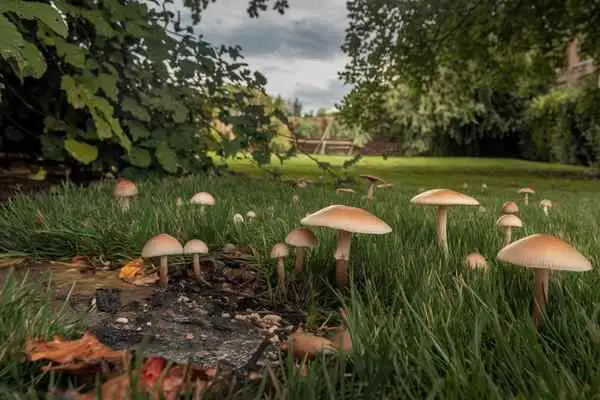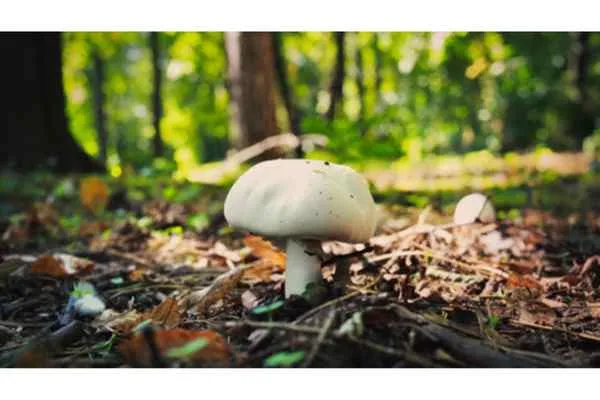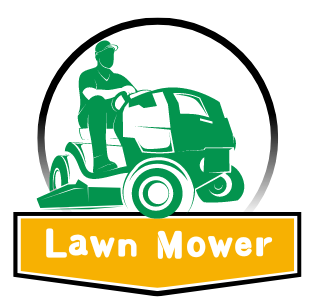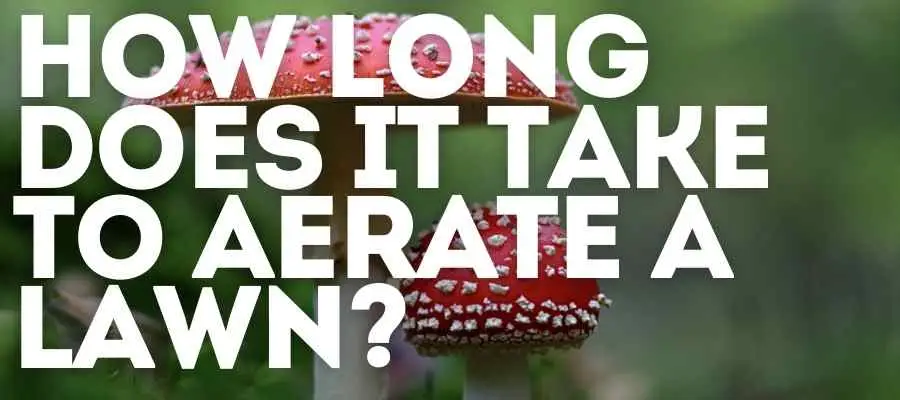Mushrooms can be a surprising sight in your lawn, popping up seemingly overnight. But while they may look strange or even unwelcome, their appearance tells a story about the condition of your lawn’s soil.
Understanding what causes mushrooms to grow in a lawn is essential for improving lawn care and deciding whether or not to remove them. If you’re also dealing with sparse grass, check out our guide on How to Fix a Thin Lawn in ONLY 3 Weeks to get your lawn looking lush again. Now, let’s explore the reasons behind those mushroom clusters and what you can do about them.
Understanding Mushrooms in Your Lawn

What Are Mushrooms?
Mushrooms are the visible part of a fungus. While the mushrooms you see above ground may seem small, they’re actually part of a much larger organism living in the soil. Mushrooms reproduce by releasing spores, which can spread through the air. They feed on organic matter, breaking down dead plants and other materials into nutrients that enrich the soil.
Why Do Mushrooms Grow in Lawns?
There are a few main reasons why mushrooms grow in lawns:
Decomposing Organic Matter: Mushrooms thrive on decaying materials like dead roots, leaves, or grass clippings. If your lawn has a lot of organic debris, it’s an open invitation for mushroom growth.
Excess Moisture: Mushrooms love damp environments. Lawns that are overwatered, have poor drainage, or experience heavy rainfall are perfect breeding grounds.
Shade: Mushrooms tend to grow in shady, humid areas. If part of your lawn is shielded from sunlight, you’re more likely to see mushrooms there.
Healthy Soil: Believe it or not, mushrooms can be a sign of good soil health. They indicate that your lawn has a healthy amount of microbial activity, breaking down organic matter into nutrients.
Factors That Contribute to Mushroom Growth

Excess Moisture
One of the main causes of mushroom growth is too much water. Whether it’s from heavy rainfall, overwatering your lawn, or poor drainage, excessive moisture creates the perfect environment for fungi to grow. Mushrooms absorb water easily, which is why you’ll often see them after a rainstorm.
Prevention Tips
Avoid overwatering your lawn. Water deeply but less frequently to let the soil dry out between sessions.
Improve drainage by aerating the soil or adding organic material like compost to improve its structure.
If your yard has poor drainage, consider installing a French drain or leveling out low spots where water pools.
Organic Debris in Soil
Mushrooms feed on decaying plant material. Lawns with a lot of thatch (a layer of dead grass), old roots, or decomposing leaves are ideal spots for mushroom growth. Even hidden debris like an old tree stump beneath the soil can trigger a mushroom bloom.
Prevention Tips:
Regularly dethatch your lawn to remove dead grass buildup.
Mow your lawn often, and make sure to bag the clippings if they’re thick.
Remove any tree stumps, large roots, or fallen branches to minimize food sources for fungi.
Shady Lawn Conditions
Mushrooms thrive in dark, damp conditions. If parts of your lawn are constantly shaded by trees, bushes, or structures, those areas are more likely to grow mushrooms. Lack of sunlight keeps the ground cooler and wetter, creating a perfect habitat for fungi.
Prevention Tips:
Trim back trees and shrubs to allow more sunlight to reach the lawn.
If removing shade isn’t possible, focus on improving drainage and reducing moisture in those areas.
Compacted Soil
Compacted soil limits airflow and water drainage, making it easier for mushrooms to grow. When the soil is dense, it retains water longer, creating a moist environment where fungi can thrive.
Prevention Tips:
Aerate your lawn at least once a year. Aeration helps break up compacted soil and allows water and air to penetrate the ground more easily.
Incorporate organic matter like compost or sand into the soil to improve its structure and drainage.
Are Mushrooms Harmful to Your Lawn?

The Benefits of Mushrooms
Mushrooms play an important role in breaking down organic matter. This process recycles nutrients back into the soil, making them available for grass and plants to absorb. In this sense, mushrooms can be a sign that your lawn’s ecosystem is functioning well. Healthier soil leads to healthier grass.
Potential Concerns
Not all mushrooms are harmless. Some species can be toxic, which poses a risk to children or pets who might accidentally ingest them. It’s important to identify the type of mushroom growing in your lawn. If you’re unsure, it’s safest to remove them.
How to Get Rid of Mushrooms in Lawn
Short-term Solutions
Manual Removal: The easiest way to deal with mushrooms is to pluck them by hand or mow over them. Make sure to remove them before they release spores to prevent further spread.
Use a Rake: If mushrooms appear in large numbers, a rake can help collect and remove them quickly.
Long-term Prevention
To keep mushrooms from coming back, focus on addressing the underlying issues:
Improve Drainage: Add soil amendments like compost or sand, or install a drainage system to reduce excess water.
Aerate the Soil: Annual aeration allows water to drain more effectively, reducing the damp conditions mushrooms love.
Reduce Shade: Trimming trees and shrubs can help reduce shaded, damp areas where mushrooms thrive.
Organic Fungicides: In some cases, organic fungicides can be effective in reducing mushroom growth, though they should be used sparingly and as a last resort.
Conclusion
Mushrooms in your lawn may be unsightly, but they’re often a sign of healthy, well-aerated soil. While there are steps you can take to remove them, such as improving drainage and removing excess organic matter, they’re not typically harmful. In fact, mushrooms play an important role in breaking down organic debris and enriching your lawn’s soil. So, unless you have safety concerns, mushrooms might not be such a bad thing after all.
Myths and Misconceptions About Mushrooms in Lawn
Are Mushrooms a Sign of Lawn Disease?
Mushrooms are not usually a sign of disease. They are more likely to be a sign that your soil is healthy and full of organic matter. However, if you see other symptoms like yellowing grass, it could indicate a fungal infection affecting the lawn.
Do Mushrooms Harm Grass?
Mushrooms do not harm your grass directly. In fact, they can be beneficial by breaking down organic material and enriching the soil. If mushrooms bother you for aesthetic reasons, simply remove them, but they aren’t a threat to your grass.

